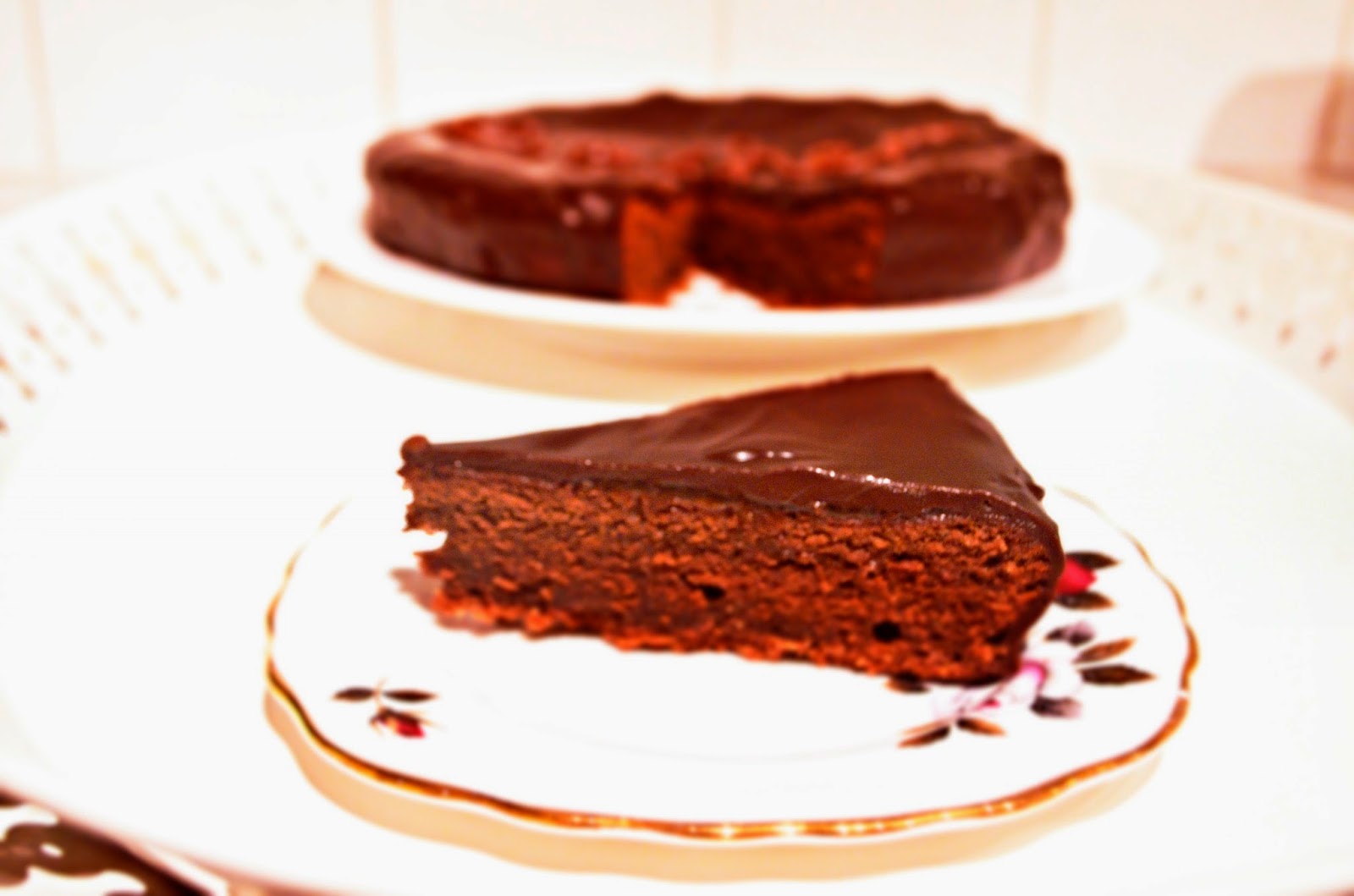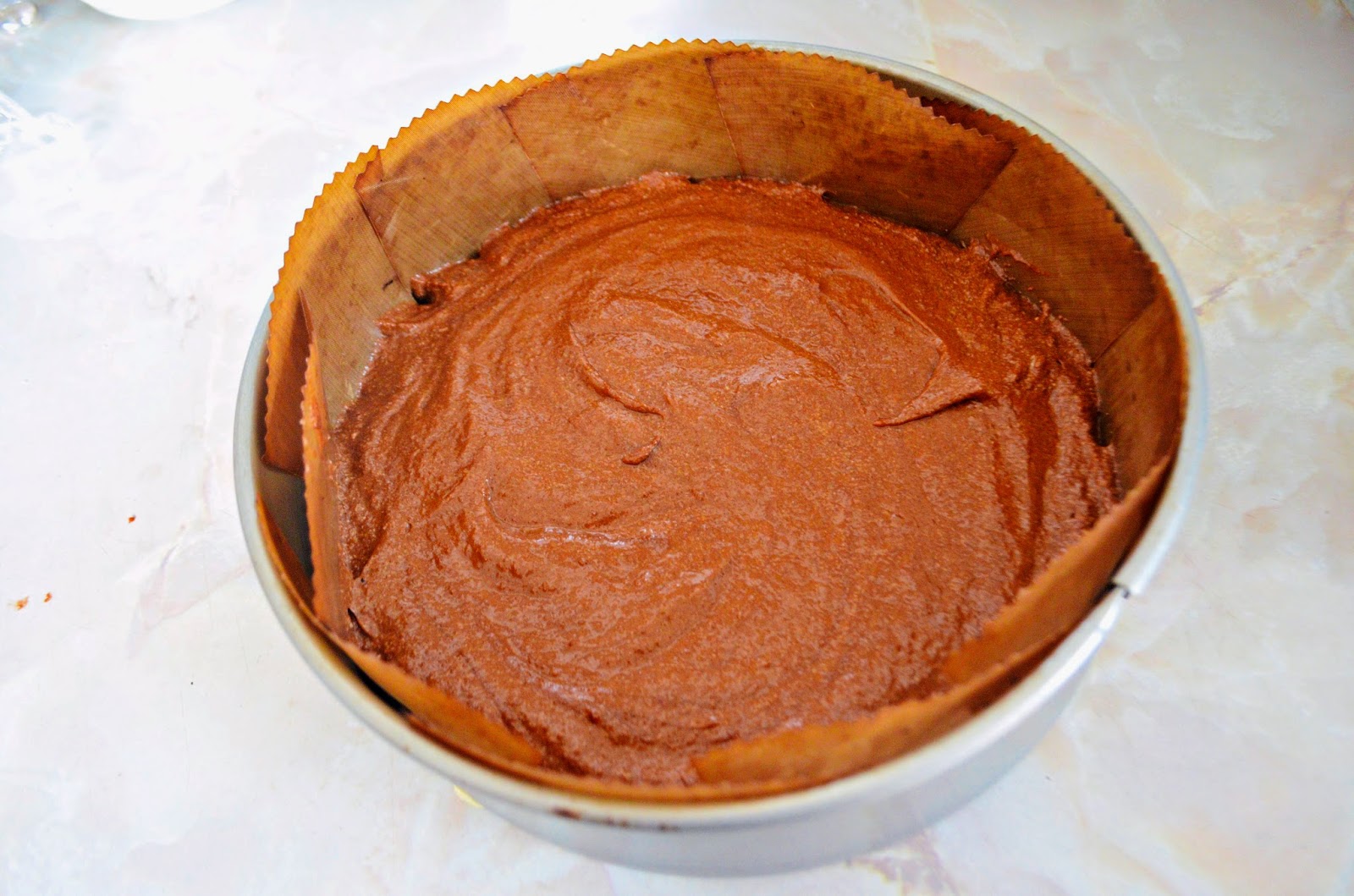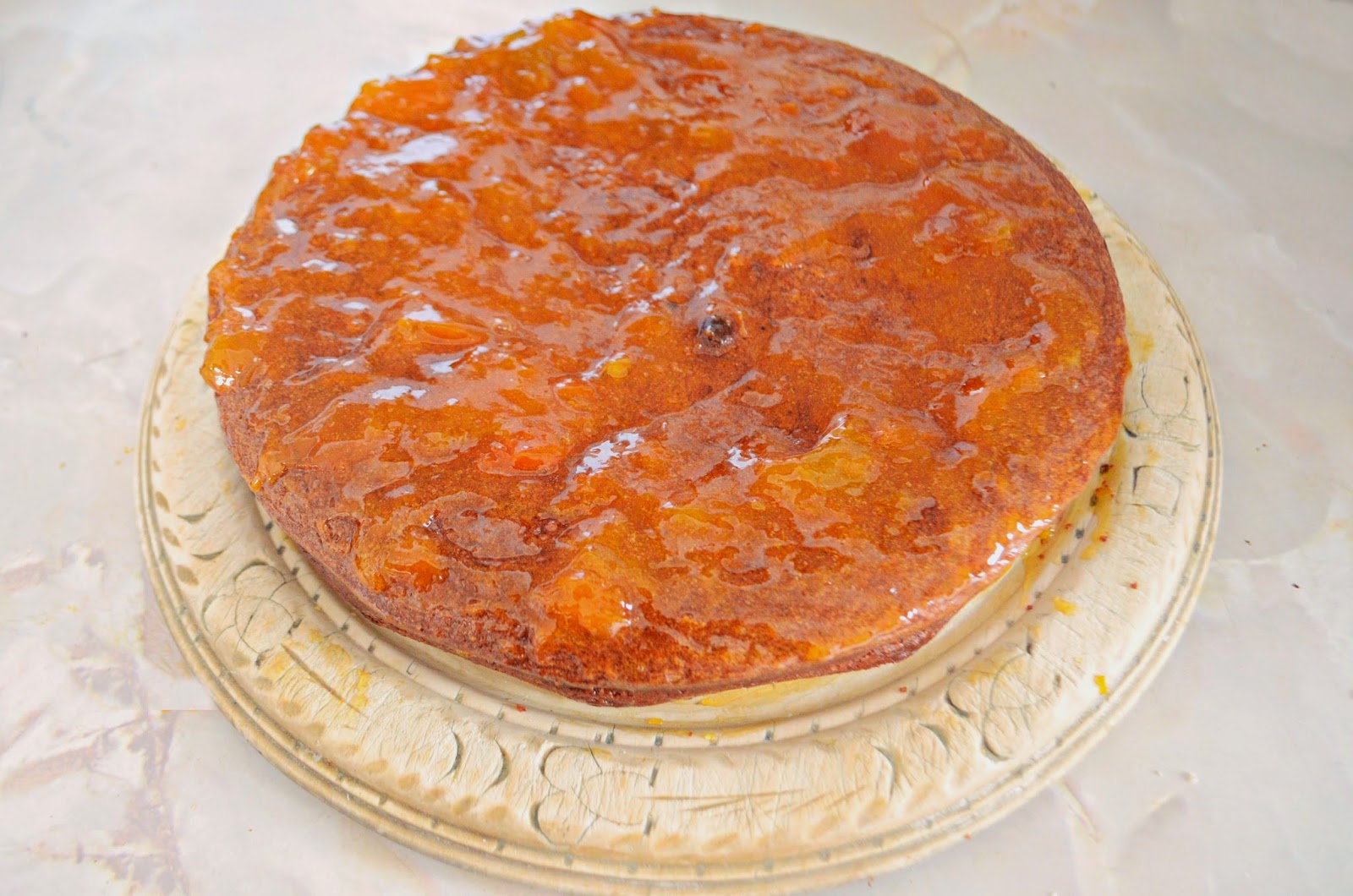I am so flippin' proud of myself this week. Not only did I pull of making puff pastry from scratch, but creme patissiere too. I think I've been playing it safe with my bakes up until now, sticking to things I know I can manage, so I decided this week to push myself a little bit further, and tackle Mille Feuille.
It was really difficult recipe wise, considering most recipes tell you to use shop bought pastry, and whipped cream instead of creme patissiere. I was also expecting such a wide range of flavour combos when I was searching for some inspiration, considering mille feuille is only sweet pastry and cream/custard, but kept stumbling across boring old strawberries and rasberries, so I decided to wing it and do one of my all-time fave flavour duos. Nothing can beat good ol' rhubarb and custard.
If I was to do this again, just from a presentation point of view, I would use raw rhubarb and stew it myself to maintain the pink colouring, because the green of the tinned rhubarb really isn't that appealing.
Taste-wise though it was spot on. The sugar that's sprinkled over the pastry before it's baked adds just the right level of sweetness, and the tartness of the rhubarb combats any added sweetness that comes from the creme patissiere. It actually tasted like rhubarb and custard sweets.
Despite having to piece together multiple recipes to create my own, this was actually a really easy bake to pull off, and I thoroughly enjoyed learning two brand new skills.
So if you've ever been a bit intimidated by this multi-layered treat and are a sucker for old school penny sweets, why not give it a go!
Ingredients
Puff Pastry
250g strong plain flour
1tsp fine sea salt
3 tbsp caster sugar
250g butter, at room temperature, but not soft
about 150ml cold water
Creme Patissiere
4 medium egg yolks
65g caster sugar
15g plain flour
15g cornflour
350 ml whole milk 1/2 tsp vanilla bean paste
icing sugar, for dusting.
Filling
1 245g tin of rhubarb chunks in light syrup.
Icing sugar to decorate.
Method
1) Heat the oven to 200C / 180C fan / gas 6.
2) Sift the flour and salt into a large bowl. Roughly break the butter in small chunks, add them to the bowl and rub them in loosely. You need to see bits of butter.
3) Make a well in the bowl and pour in about two-thirds of the cold water, mixing until you have a firm rough dough adding extra water if needed. Cover with cling film and leave to rest for 20 mins in the fridge.
4) Turn out onto a lightly floured board, knead gently and form into a smooth rectangle. Roll the dough in one direction only, until 3 times the width, about 20 x 50cm. Keep edges straight and even. Don't overwork the butter streaks. You should have a marbled effect.
5) Fold the top third down to the centre, then the bottom third up and over that. Give the dough a quarter turn (to the left or right) and roll out again to three times the length. Fold as before, cover with cling film and chill for another 20 mins in the fridge.
6) On a lightly floured surface scattered with a little sugar, roll out the pastry to a rectangle slightly larger than 28 x 30cm. Line a large baking tray with parchment and scatter with more sugar. Use the rolling pin to lift the pastry onto the baking parchment.
7) Scatter more sugar over the pastry and cover with another sheet of baking parchment. Lay another heavy baking tray (or a heavy oven dish) on top and bake for 25-30 mins until the pastry is golden and crisp, then set aside to cool.
8) To make the creme patissiere, whisk together the eggs and sugar in a large mixing bowl until they turn a pale golden colour. Whisk in the flour and cornflour and set aside.
10) Slowly pour half of the hot milk onto the egg mixture, whisking all the time, then return the mixture to the remaining milk in the pan. It is important to slowly pour the hot milk onto the cold eggs before you return the mixture to the pan to prevent the eggs from scrambling.
11) Bring the mixture back to the boil and simmer for one minute, whisking continuously, or until smooth.
13) Using a ruler and a sharp knife, carve 10 x 6cm rectangles out of the pastry. You should be able to carve out 12 rectangles.
14) Tip the cooled cream into a piping bag or a standard sandwhich / freezer bag, and snip off a tiny corner with a pair of scissors. Practice piping on some kitchen role to make sure the hole is the right size and the cream is at the right consistency.
15) Drain the rhubarb. If it's too wet, it will make the rhubarb soggy. The best way to prevent this is to dry each individual piece of rhubarb before cutting it on some kitchen roll.
16) Take your first rectangle, placing it horizontally in front of you, and pipe a thick line of the cream from the top to the bottom. Take two chunks of rhubarb, cut them in half and place them next to the the cream. Continue to alternate the cream and rhubarb until the pastry is covered.
17) Place a piece of pastry on top of this and repeat the cream and rhubarb process, maybe alternating with the below layers so as to create a checkerboard effect.
18) Place another layer of pastry on top of this to complete one mille feuille, and dust with icing sugar.
READ MORE


















































